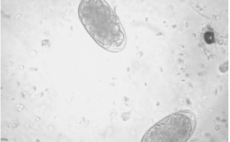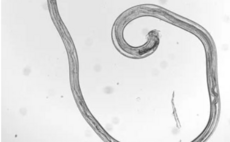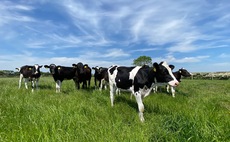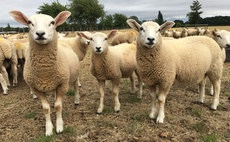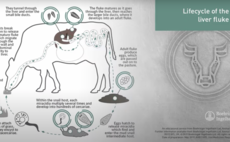Beat the parasites
Beat the Parasites
Warm and wet weather this summer has raised the risk of lungworm infections in at-risk cattle.
Beat the Parasites
From mid-July, pastures grazed since turnout will be increasingly infected with worm larvae, which can lead to significant worm burdens in youngstock and other high-risk cattle unless effective control plans are in place.
Beat the Parasites
Wormer resistance is a very real threat to sheep farming. Farmers must adopt new, sustainable worming practices, to prolong the effectiveness of wormers
Beat the Parasites
Lifecycle of the gutworm Both Ostertagia and Cooperia have a direct life cycle, with no intermediate host. Adult worms living in the gut lay eggs which are passed out in the dung. Eggs hatch within the dungpat and develop into infective larvae. Larvae can exist for several months on pasture, ready to infect grazing animals. Once eaten, infective Cooperia larvae develop into adults within three weeks.
Beat the Parasites
Lifecycle of the lungworm Adult lungworm live in the main airways; the bronchi and trachea. They produce eggs that hatch almost immediately, are coughed up and swallowed. L1 larvae pass through the digestive system and leave the cow via dung. It is here that they develop to the infective stage. This development can occur within a week given the right moisture and temperature conditions.
Beat the Parasites
The adult stage of the liver fluke lives in the liver of infected animals, specifically in the bile ducts. Adult fluke lay eggs which are passed along the bile ducts and into the intestine, where they are excreted in dung. Once outside the animal, eggs can survive for several months, but usually hatch within 2–20 weeks depending on soil type and ambient temperature.


 07 August 2023
•
6 min read
07 August 2023
•
6 min read

